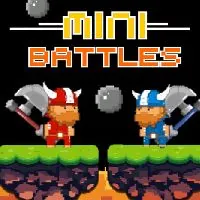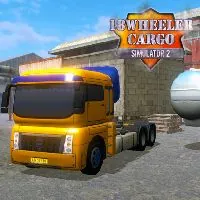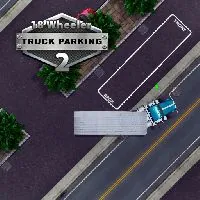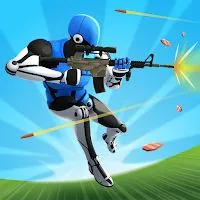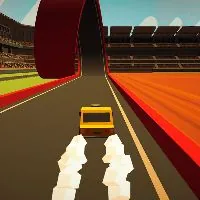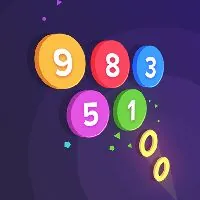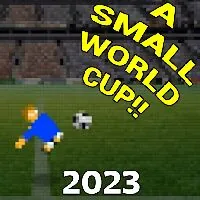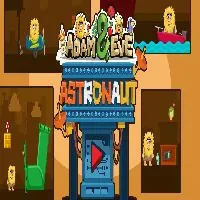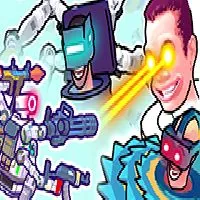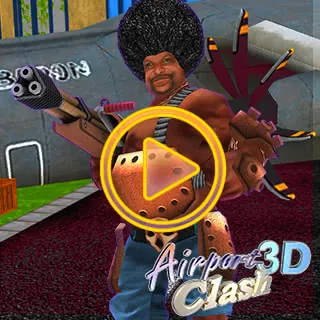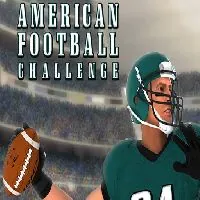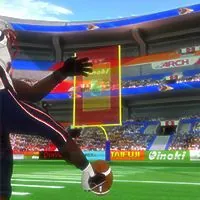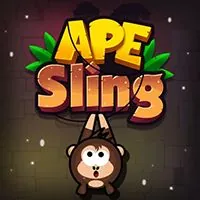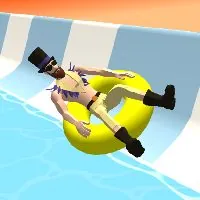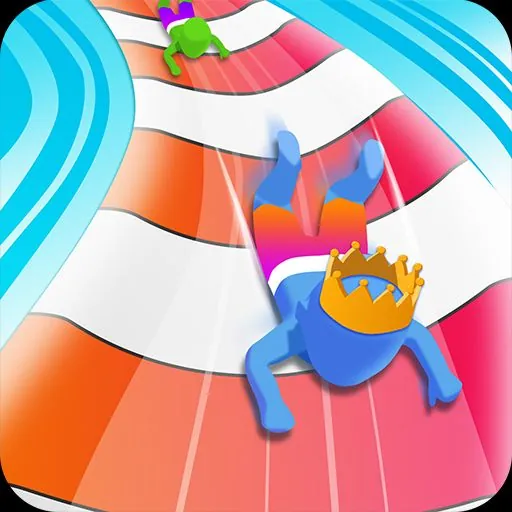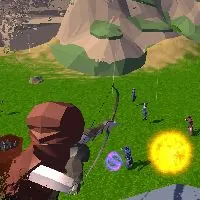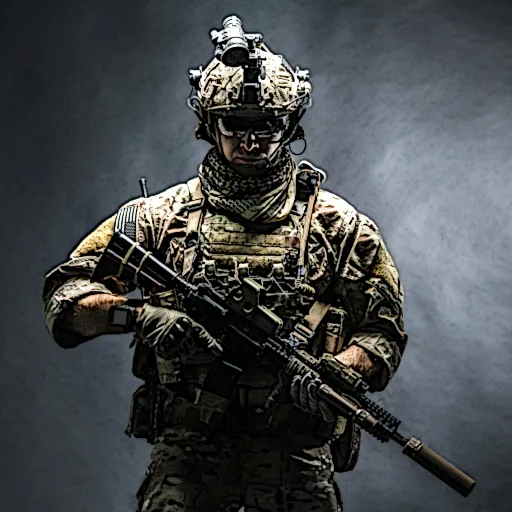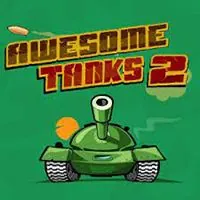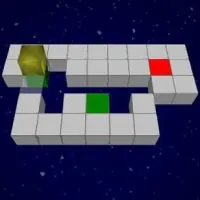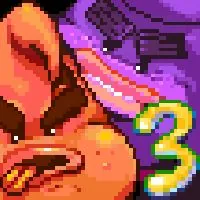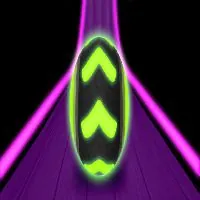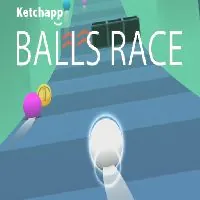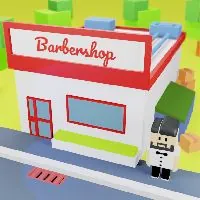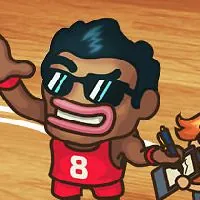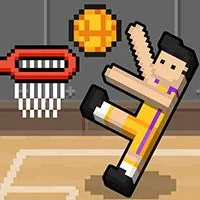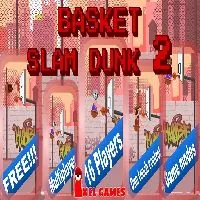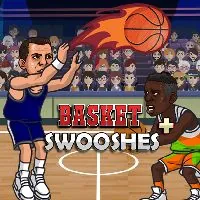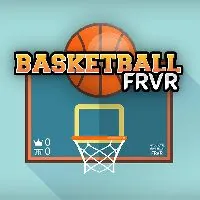Boat Drift - GitLab Games
About Boat Drift - GitLab Games
Boat Drift represents a fascinating intersection of game development and the collaborative spirit inherent in platforms like GitLab. This initiative, often explored within the context of GitLab Games, showcases the potential for creative projects to emerge from community engagement and shared development methodologies. Our exploration into Boat Drift delves into the mechanics, design philosophy, and the innovative approaches undertaken by developers within this framework. We aim to provide a comprehensive overview that illuminates the unique aspects of this particular game concept and its place within the broader landscape of open-source game development.
Understanding the Core Mechanics of Boat Drift
At its heart, Boat Drift is a simulation game that focuses on the intricate physics of boat handling and the unpredictable nature of water dynamics. Players are tasked with navigating various watercraft through challenging environments, often characterized by adverse weather conditions, narrow channels, and unexpected obstacles. The core gameplay loop revolves around mastering the subtle controls that govern a boat's movement, including throttle control, rudder adjustments, and the nuanced interplay of wind and current. Success in Boat Drift hinges not just on speed or brute force, but on a deep understanding of hydrodynamics and the ability to anticipate and react to the ever-changing aquatic environment. This requires a significant degree of precision and strategic thinking, making each successful maneuver a rewarding experience.
Mastering the Art of Aquatic Navigation
The navigation aspect of Boat Drift is arguably its most compelling feature. Unlike many racing or simulation games where direct control is paramount, Boat Drift emphasizes a more realistic approach. Players must learn to work with the water, not against it. This involves understanding how different hull shapes interact with waves, how propeller thrust affects turning radius, and how tides and currents can dramatically alter a boat's trajectory. Mastering these elements allows players to execute sophisticated drifts, avoid collisions with precision, and navigate treacherous passages that would be impossible with a more simplistic control scheme. The learning curve can be steep, but the payoff in terms of player skill and satisfaction is immense.
The Role of Physics Simulation in Boat Drift
The fidelity of the physics simulation is a cornerstone of the Boat Drift experience. Developers working on this project leverage sophisticated algorithms to replicate real-world aquatic behavior. This includes detailed modeling of wave propagation, fluid dynamics, and the physical forces acting upon the boat's hull. The interaction between the boat and the water is not merely cosmetic; it directly impacts gameplay. For instance, a sudden turn at high speed might cause the boat to hydroplane, leading to a loss of control. Similarly, encountering strong currents can push the vessel off course, requiring immediate corrective action. This commitment to realistic physics ensures that players are constantly engaged with the challenges presented by the simulated environment, fostering a sense of immersion and accomplishment when they overcome them.
Development and Collaboration within GitLab Games
The GitLab Games initiative provides a fertile ground for projects like Boat Drift. This platform encourages open-source development, allowing a community of contributors to collaborate on game creation. For Boat Drift, this means a diverse group of developers, designers, and testers can contribute their skills and ideas. This collaborative approach often leads to rapid iteration, bug fixes, and the incorporation of innovative features that might not be possible in a more traditional, siloed development environment. The use of GitLab's version control system and project management tools streamlines the workflow, ensuring that contributions are integrated efficiently and that the project progresses smoothly.
Leveraging Open-Source Principles for Game Creation
The adoption of open-source principles is central to the development of Boat Drift within the GitLab Games ecosystem. This philosophy promotes transparency, community involvement, and shared ownership. Developers are encouraged to share their code, assets, and design documents, fostering an environment of mutual learning and improvement. This open approach allows for a broader range of talent to contribute, bringing diverse perspectives and specialized skills to the project. Furthermore, the open nature of the development process means that the game can evolve based on player feedback and community suggestions, leading to a more refined and engaging final product.
The Impact of GitLab's Infrastructure on Development
GitLab's robust infrastructure plays a pivotal role in facilitating the development of Boat Drift. Features such as Git repositories for code management, issue tracking for bug reporting and feature requests, and continuous integration/continuous deployment (CI/CD) pipelines enable a highly efficient and organized development process. Developers can collaborate seamlessly on code changes, test new features automatically, and deploy updates with confidence. This technological backbone ensures that the project stays on track and that the team can focus on creative problem-solving and game design, rather than getting bogged down in administrative or infrastructural complexities. The accessibility of these tools empowers a distributed team to work together as if they were in the same room.
Unique Challenges and Opportunities in Boat Drift Development
Developing a game that relies heavily on realistic physics simulation, especially concerning water, presents a unique set of challenges. Achieving convincing wave behavior, realistic drag and resistance calculations, and nuanced boat buoyancy requires significant technical expertise and computational power. However, these challenges also present opportunities for innovation. Developers can experiment with cutting-edge simulation techniques, explore novel approaches to procedural generation of water environments, and push the boundaries of what is possible in real-time physics engines. The GitLab Games platform provides the perfect environment to tackle these ambitious goals, fostering a spirit of experimentation and problem-solving.
Simulating Realistic Water Dynamics
The simulation of water dynamics in Boat Drift is a complex undertaking that involves numerous variables. Developers must account for factors such as surface tension, viscosity, density variations, and the interaction of multiple water bodies. Creating realistic waves that respond dynamically to the boat's movement, as well as to wind and seabed topography, requires advanced algorithms. This can involve techniques like Navier-Stokes equations for fluid simulation, or simpler but effective particle-based systems for visual effects. The goal is to create an environment that feels alive and responsive, adding to the game's immersion and challenge. Achieving a balance between realism and performance is a key consideration, ensuring that the simulation is both visually impressive and playable.
Designing Engaging and Challenging Environments
Beyond the core physics, the design of engaging and challenging environments is crucial for the success of Boat Drift. This involves crafting diverse waterways, from calm lakes and winding rivers to stormy open seas and intricate canal systems. Each environment should present unique navigational puzzles and obstacles, requiring players to adapt their strategies. Factors such as limited visibility due to fog or rain, treacherous currents near shorelines, and hidden reefs beneath the surface can all contribute to the difficulty and excitement. The procedural generation of some environmental elements can ensure replayability and unexpected challenges, while handcrafted levels can offer meticulously designed experiences. The visual aesthetic of these environments also plays a significant role in player immersion, with attention paid to details like lighting, textures, and atmospheric effects.
The Player Experience in Boat Drift
The player experience in Boat Drift is designed to be both educational and exhilarating. Players are encouraged to learn and grow their skills, moving from novice navigators to seasoned captains capable of handling the most demanding conditions. The satisfaction comes from mastering complex maneuvers, successfully completing challenging missions, and achieving personal bests. The game offers a unique blend of relaxation, as players glide across the water, and intense focus, as they navigate perilous situations. The GitLab Games context often means the game is continuously updated, with new features, bug fixes, and even new environments being added by the community, ensuring a dynamic and evolving gameplay experience.
Progression and Skill Development for Players
Progression in Boat Drift is intrinsically tied to skill development. Unlike games with artificial leveling systems, players improve by genuinely understanding and applying the game's mechanics. Early sessions might involve simply learning to steer without crashing, while later stages require players to execute precise docking maneuvers, navigate through narrow passages during high winds, or complete time trials under adverse weather. This organic progression fosters a deep sense of accomplishment. The GitLab Games platform sometimes facilitates leaderboards or community challenges that allow players to compare their skills, further motivating them to hone their abilities and master the nuances of boat handling.
Community Engagement and Feedback Loop
The community engagement fostered by GitLab Games is vital for Boat Drift. Players are not just consumers of the game; they are often active participants in its development. Through forums, issue trackers, and direct contribution channels, players can provide invaluable feedback, report bugs, and even suggest new features. This feedback loop ensures that the game evolves in a direction that resonates with its player base, leading to a more polished and enjoyable product. The collaborative nature of the development process means that community members can often contribute directly to implementing suggested changes, fostering a strong sense of ownership and investment in the project's success.
Future Potential and Innovation in Boat Drift
The future potential for Boat Drift is vast, particularly within the dynamic framework of GitLab Games. As simulation technology advances and community contributions continue, we can anticipate enhancements in areas such as multiplayer functionality, more complex environmental interactions (including dynamic weather systems and wildlife), and even the integration of virtual reality (VR) or augmented reality (AR) for an even more immersive experience. The open-source nature of the project allows for experimental features and innovative gameplay concepts to be explored without the constraints of traditional commercial development, ensuring that Boat Drift can continue to push the boundaries of what is possible in simulation gaming.
Exploring Advanced Simulation Techniques
The ongoing exploration of advanced simulation techniques promises to elevate Boat Drift to new heights. This could include the adoption of more sophisticated computational fluid dynamics (CFD) models for hyper-realistic water behavior, the development of advanced AI for boat traffic in multiplayer scenarios, or the implementation of procedural generation algorithms that create truly unique and unpredictable waterways. The willingness of the GitLab Games community to experiment with cutting-edge technologies means that Boat Drift can serve as a testbed for groundbreaking innovations in game physics and simulation. This commitment to technical excellence ensures that the game remains at the forefront of its genre.
Expanding Gameplay Possibilities
The expansion of gameplay possibilities is a key area of future development for Boat Drift. This could involve introducing new game modes beyond simple navigation challenges, such as salvage operations, search and rescue missions, or even competitive boat racing scenarios that heavily emphasize drifting and handling skills. The addition of customizable boat components and upgrade systems could further enhance player engagement and provide long-term goals. The modular nature of open-source development allows for the flexible integration of these new mechanics, ensuring that the game can evolve and adapt to provide a continuously fresh and exciting experience for its players.
